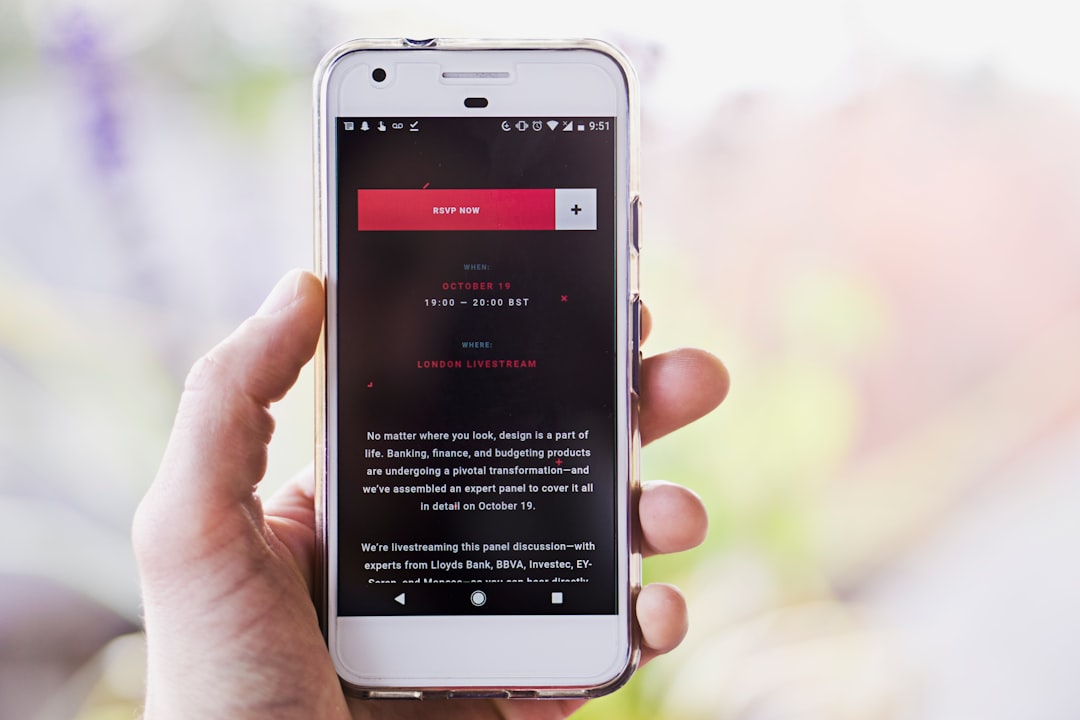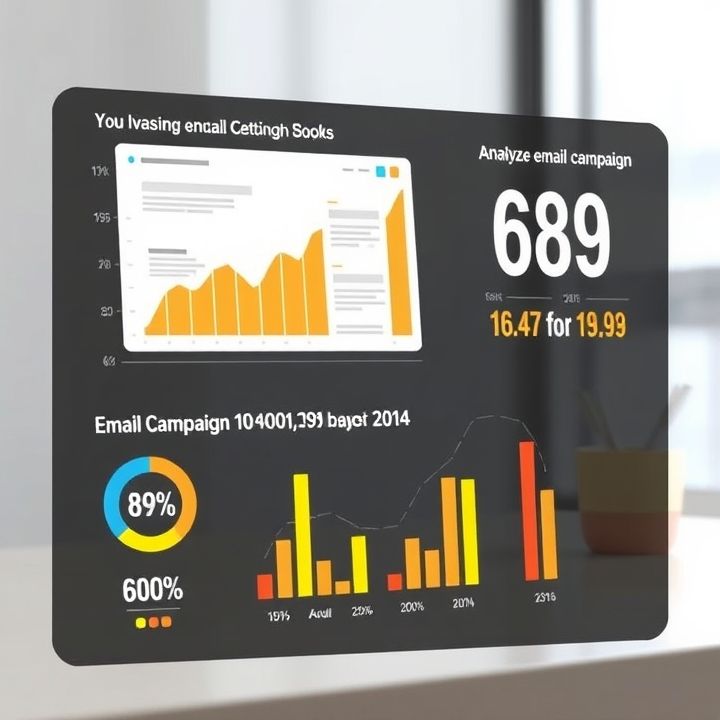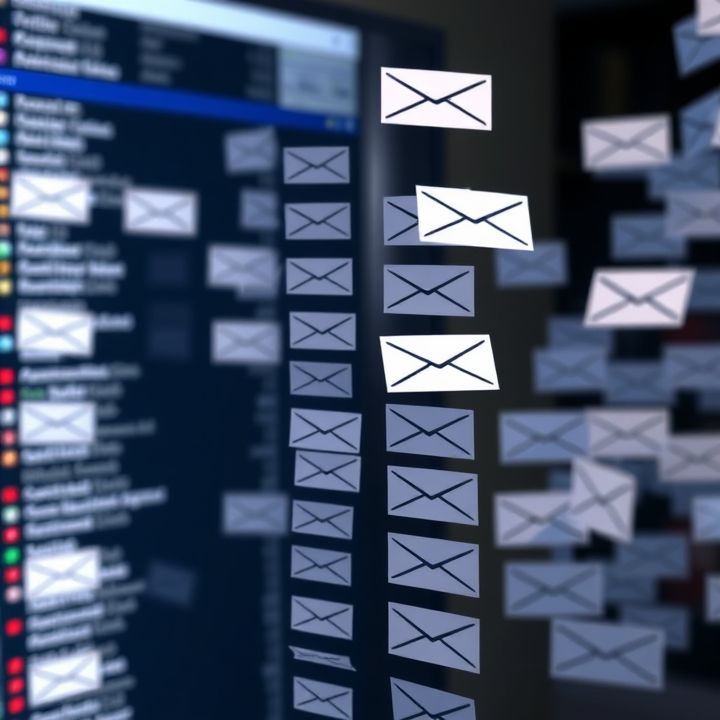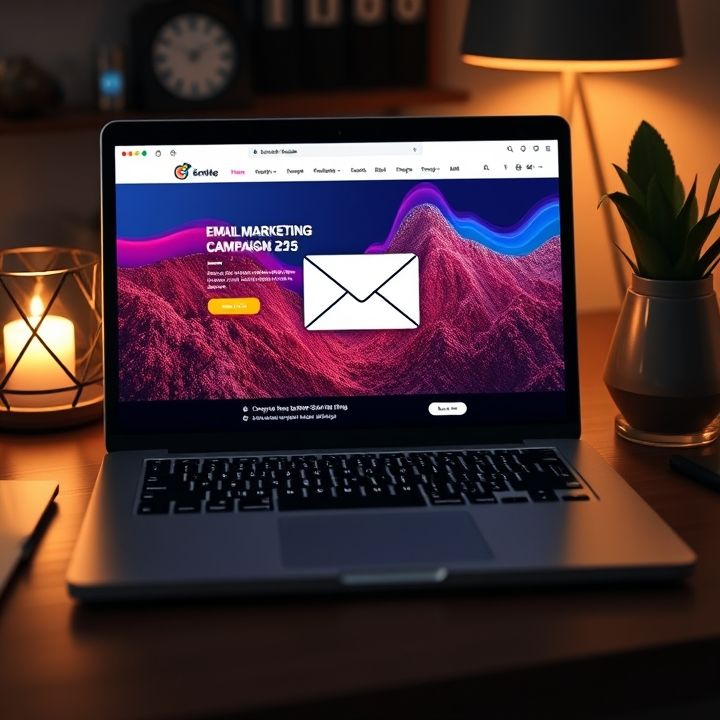Table of Contents
- Introduction
- Designing Responsive Email Templates for Mobile Devices
- Writing Concise and Engaging Email Content
- Leveraging Mobile-Friendly Calls to Action
- Optimizing Images and Media for Mobile Loading Speeds
- Utilizing Mobile Email Testing Tools
- Segmenting Audiences for Personalized Mobile Experiences
- Properly Timing Email Sends for Mobile Engagement
- Analyzing Mobile Email Performance Metrics
- Conclusion
- Frequently Asked Questions
Introduction
In a digital age where smartphones rule our daily lives, email marketers face an unprecedented challenge: How do you ensure your campaigns don’t just survive but thrive on mobile devices? With over half of all emails now opened on a mobile device, optimizing your email marketing strategy for mobile is not just a necessary pivot but a game-changer in the making.
What’s the key to unlocking the full potential of mobile email marketing? It begins with a diverse strategy that includes responsive design, concise messaging, and personalized content tailored for mobile consumption.
| Trend | Statistic |
|---|---|
| Mobile Open Rates | Over 50% |
| Conversion Rate on Mobile | 25% increase expected |
Join the ranks of savvy marketers who have cracked the code to skyrocketing sales by transforming their email marketing approach. Dive into our deep dive guide and learn how to make your campaigns not just compatible but compelling, wherever your audience may be checking their inbox.
Designing Responsive Email Templates for Mobile Devices
Designing responsive email templates for mobile devices is crucial in ensuring that your marketing messages are both attractive and easily accessible to your audience, regardless of the device they use. It begins with a mobile-first approach, keeping in mind that a significant portion of emails are opened on smartphones. Therefore, simplicity is key. Ensure that your email template is streamlined, with a single-column layout that prevents horizontal scrolling, and large, tappable buttons that enhance user experience.
Furthermore, utilize media queries in your CSS to optimize the display for different screen sizes, and embrace flexible images and fluid grid structures that adapt seamlessly to various devices. Font sizes should be readable without zooming, typically set at a minimum of 14px for body text. Additionally, keep your subject lines and pre-header text concise and compelling, as these are the first elements recipients see and can influence their decision to open the email.
Lastly, always test your email templates across multiple devices and email clients to ensure consistency. Utilizing responsive design in your email marketing campaign not only enhances user engagement but also increases the likelihood of achieving campaign objectives, contributing to overall business success.
Writing Concise and Engaging Email Content
Writing concise and engaging email content is pivotal for successful email marketing campaigns, especially on mobile devices. The first step is to craft a compelling subject line. This should be short, intriguing, and relevant to entice the recipient to open the email. Aim for brevity, ideally around 5-8 words, to ensure it displays fully on small screens.
Once the email is opened, the content should immediately capture the reader’s attention. Begin with a strong opening line that addresses the reader’s needs or interests. Keep the overall message focused and avoid overwhelming the reader with too much information. Break up text into short paragraphs or bullet points to enhance readability on mobile devices.
Engagement is key, so include a clear and compelling call-to-action (CTA). Use persuasive language and ensure the CTA stands out visually. Additionally, personalize the content where possible, using the recipient’s name and tailoring the message to their preferences or previous interactions.
Finally, always test your emails across different devices and screen sizes to ensure they display optimally. By following these guidelines, you can create email content that resonates with your audience and drives them to take action.
Leveraging Mobile-Friendly Calls to Action
When optimizing email marketing campaigns for mobile devices, one cannot overlook the importance of mobile-friendly calls to action (CTAs). CTAs must be easily accessible and enticing to effectively guide mobile users toward making a desired action. Begin by ensuring that your CTAs are prominently displayed and stand out visually; using contrasting colors and larger, tappable buttons can greatly enhance user experience. Placement is key—consider the natural thumb zones of most users and position your CTAs within easy reach.
Moreover, the language used in mobile CTAs should be concise yet persuasive. A mobile user’s attention span can be fleeting, so utilizing action-oriented phrases like “Shop Now” or “Learn More” can motivate quick engagement. It is also crucial to ensure that your landing pages are mobile-responsive, providing users with a seamless experience from email to website. Testing CTAs across different devices and platforms helps identify any potential issues in design and functionality.
In conclusion, by leveraging mobile-friendly CTAs, you enhance the effectiveness of your email marketing efforts, helping to drive conversions and foster stronger user relationships.
Optimizing Images and Media for Mobile Loading Speeds
In today’s fast-paced digital world, optimizing images and media for mobile loading speeds is essential for successful email marketing campaigns. As mobile devices become the primary medium for checking emails, ensuring fast loading times enhances the user experience and increases engagement. One effective method is compressing images without compromising quality. Utilize tools like TinyPNG or ImageOptim to reduce file size, ensuring quicker load times without pixelation.
Choosing the right image format can also make a significant difference. JPEGs are often ideal for colorful images, while PNGs are better for graphics with fewer colors. Another tip is to use responsive design techniques. Implement CSS media queries to ensure images scale appropriately across different screen sizes. Limiting the use of heavy media, such as large video files, and instead opting for links or GIFs can further improve loading speeds. Additionally, leveraging lazy loading techniques allows images to load only when they are in the viewport, preserving bandwidth and speeding up initial load times.
By focusing on these optimization strategies, marketers can create visually appealing and fast-loading emails that cater to the growing number of mobile users, ultimately improving click-through rates and campaign success.
Utilizing Mobile Email Testing Tools
In today’s fast-paced digital world, optimizing email marketing campaigns for mobile devices is crucial. One essential strategy is utilizing mobile email testing tools to ensure emails display correctly across various devices and operating systems. These tools allow marketers to preview how emails will appear on different screen sizes, identify any layout issues, and ensure that images and text render properly.
By using mobile email testing tools, marketers can catch potential problems before sending emails to their entire subscriber list, thus improving the overall user experience. These tools often provide insights into how different email clients, such as Gmail or Apple Mail, will display emails, allowing marketers to make necessary adjustments.
Additionally, some tools offer analytics that can track open rates, click-through rates, and other key performance indicators specific to mobile users. This data is invaluable for understanding how the audience interacts with emails and for making data-driven decisions to enhance future campaigns.
Ultimately, investing time in mobile email testing ensures that campaigns are not only visually appealing but also effective in reaching and engaging mobile users, an ever-growing segment of the email audience.
Segmenting Audiences for Personalized Mobile Experiences
Segmenting audiences in email marketing involves dividing your subscriber list into distinct groups based on specific criteria. This strategy allows businesses to tailor their content to meet the diverse needs and preferences of their audience. When it comes to optimizing email campaigns for mobile devices, audience segmentation can significantly enhance the personalized experience.
To begin, consider segmenting your audience based on demographics such as age, location, or purchase history. By doing so, you can craft messages that resonate more strongly with each group. For instance, a younger demographic might prefer more interactive content, while older audiences may favor straightforward, informative messages. Additionally, understanding the preferred device usage of your segments allows you to customize the design and functionality accordingly, ensuring a seamless experience on mobile screens.
Another effective segmentation strategy focuses on user behavior. Observing how subscribers interact with previous emails can provide insights into their interests and engagement levels. This data-driven approach allows you to create personalized content that speaks directly to their preferences, whether it’s through exclusive offers, product recommendations, or tailored educational content. Ultimately, segmentation not only improves open rates and conversions but also builds a deeper connection with your audience by delivering value through personalized mobile experiences.
Properly Timing Email Sends for Mobile Engagement
Optimizing email marketing campaigns for mobile devices requires careful consideration of timing, as this can significantly affect open rates and engagement. When users check their emails often varies based on their daily routines, so sending emails at times when recipients are most likely to be on their mobile devices is crucial.
Research suggests that mobile engagement tends to spike during specific times, such as early morning when people start their day, during lunch breaks, and in the evening after work hours. Therefore, scheduling emails to arrive during these peak times can enhance the likelihood of your message being read on mobile devices.
Another factor to consider is the time zone differences if your audience is spread across various regions. Implementing segmented mailing lists based on time zones can help in delivering emails when users are most active.
Additionally, analyzing past campaign data can provide insights into your audience’s specific interaction patterns, allowing for further refinement of send times. Testing different times and days of the week to see what works best for mobile engagement is always a smart strategy.
By prioritizing timing in your email marketing strategy, you can significantly boost open rates and foster better engagement on mobile devices.
Analyzing Mobile Email Performance Metrics
Analyzing mobile email performance metrics is crucial for optimizing your email marketing campaigns effectively. With the increasing dominance of mobile devices in accessing emails, understanding how your emails perform on these platforms is essential. Key metrics to consider include open rates, click-through rates (CTR), and conversion rates specific to mobile users. Open rates will give you insights into how compelling your subject lines are for mobile viewers.
It’s equally important to monitor the CTR on mobile devices, as this indicates the effectiveness of your email content and design. Mobile friendly emails typically lead to higher interaction, driving more clicks. Additionally, tracking conversion rates helps you see the ultimate effectiveness of your campaign, translating email engagement into desired actions such as purchases or sign-ups.
Don’t overlook metrics like bounce rates and unsubscribe rates, as they can signal issues with your email list hygiene or content relevance. Use A/B testing to experiment with different designs, layouts, and messages to see which perform better on mobile. By carefully analyzing these metrics, you can tailor your email marketing strategies to better meet the needs of mobile users, enhancing engagement and achieving your marketing goals.
Conclusion
In conclusion, optimizing your email marketing strategies for mobile devices is not just beneficial but essential in today’s digital landscape. By designing responsive templates, crafting concise and appealing content, and using mobile-friendly CTAs, you create a seamless user experience that can significantly enhance engagement. Ensuring fast loading times for images and leveraging mobile email testing tools guarantee that your emails perform effectively across all devices.
Furthermore, audience segmentation allows for personalized experiences that resonate with different subscriber groups, while proper timing of email sends maximizes mobile engagement opportunities. Monitoring performance metrics provides invaluable insights to refine future campaigns, ensuring they meet the specific needs of mobile users.
Ultimately, by embracing these strategies, businesses can unlock the secret to skyrocketing their sales through highly effective and engaging mobile email marketing campaigns. The focus on mobile optimization not only drives conversions but also fosters stronger connections with your audience, setting the foundation for long-term success.

















